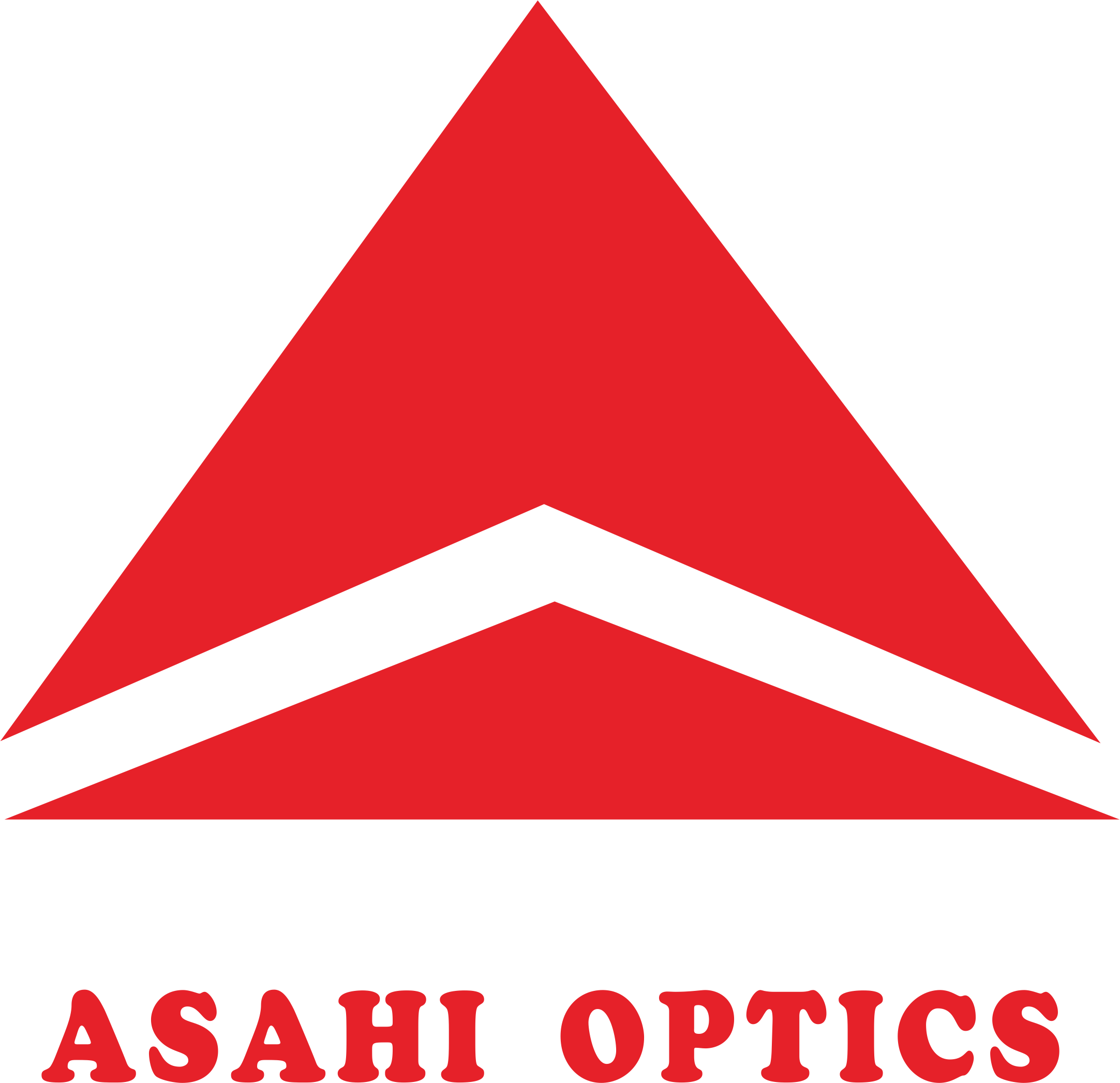Asahi Optics designed the pedestrian crossing lighting optics with a double asymmetric beam which is in compliance with EN13201
In order to be safe, a pedestrian crossing must be signaled and illuminated correctly. The flashing lights and the LED-backlit signs certified according to the reference standards alert the drivers of the presence of a pedestrian crossing from a distance. The illumination on a horizontal plane completes the signaling with a light concentrated on the crossing, creating a dramatic contrast with the surroundings, which draws the attention of drivers. however, besides identifying the crossing, drivers must be able to see the pedestrians that are using it. This can be done only by illuminating their bodies also called vertical planes making pedestrians visible starting from the waiting areas, which enables drivers to respond to the situation safely and prevent happening accidents and dangerous situations. For all of this to be possible, it is necessary that the light fixtures sense the crossing so that they can illuminate the pedestrians facing the incoming traffic for both traffic directions.
We welcome customers to customize tooling the design of the same optical beam for crosswalk light
The pedestrian crossing optics customized design solution is flexible for any size of LEDs 3030LED or 5050LED etc.
Download Datasheet for reference
Crosswalk optical design simulation Dialux file .PDF
Crosswalk Optical design IES file.ies
Crosswalk Optical design IES file.dlx







 .
.
- BS EN 13201-2 : 2015 - Road lighting - Part 2: Performance requirements
EN 13201-2 Road lighting - Part 2: Performance requirements - This part of this European Standard defines performance requirements which are specified as lighting classes for road lighting aiming at the visual needs of road users, and it considers environmental aspects of road lighting. NOTE Installed luminous intensity classes for the restriction of disability glare and control of obtrusive light and installed glare index classes for the restriction of discomfort glare are defined in the informative Annex A. Lighting of pedestrian crossings is discussed in the informative Annex B. Disability glare evaluation for conflict areas (C classes) and pedestrian and pedal cyclists (P classes) is discussed in the informative Annex C. - BS EN 13201-3 : 2015 - Road lighting - Part 3: Calculation of performance
EN 13201-3 Road lighting - Part 3: Calculation of performance - This European Standard specifies the conventions and mathematical procedures to be adopted in calculating the photometric performance of road lighting installations designed in accordance with the parameters described in EN 13201-2 to ensure that every lighting calculation is based on the same mathematical principles. The design procedure of a lighting installation also requires the knowledge of the parameters involved in the described model, their tolerances and variability. These aspects are not considered in this part of EN 13201 but a procedure to analyse their contribution in the expected results is suggested in EN 13201-4 and it can also be used in the design phase.
The above data and application pictures’ original copyright is from https://ledpedestriancrossing.com/ © Copyright Detas SpA | All rights reserved.


